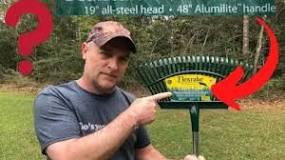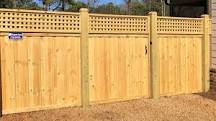So, should you pick up those plugs after aeration? The short answer is: it depends! While some folks swear by leaving them in place, others prefer to clean up. Let’s dive into the nitty-gritty of why you might choose one way over the other.
What Are Aeration Plugs?
Before we get into the debate, let’s quickly cover what aeration plugs are. When you aerate your lawn, a machine pulls out small cores of soil and grass. These little cylindrical bits are the plugs. They help relieve soil compaction and allow air, water, and nutrients to penetrate deeper into the ground.
The Case for Leaving Them
Natural Fertilizer
One of the biggest reasons to leave those plugs where they are is that they can act as a natural fertilizer. As they break down, they return nutrients back into the soil. This can be especially beneficial if you’re trying to improve soil quality.
Soil Health
Leaving the plugs can also enhance soil health. They help improve microbial activity and encourage earthworms, both of which are great for a thriving lawn ecosystem. Plus, those little guys can help break down organic matter faster!
Aesthetic Consideration
Sure, they might not look super pretty at first, but they’ll blend back in over time. If you’re not too worried about aesthetics right after aeration, letting them stay could be the way to go.
The Case for Picking Them Up
Immediate Cleanliness
On the flip side, if you’re a neat freak or just want your yard to look tidy right away, picking up the plugs might be your jam. It can make your lawn look more presentable while you wait for it to bounce back.
Faster Recovery Time
Some argue that removing the plugs can speed up recovery time for your lawn. By cleaning up, you reduce any potential obstacles that might hinder new growth or air circulation.
Preventing Thatch Buildup
If your lawn is prone to thatch (a layer of dead grass and roots), picking up the plugs can help prevent additional buildup. This is especially relevant if you’ve got a particularly thick layer of thatch already.
Summary
In conclusion, whether you decide to pick up those plugs after aeration really boils down to personal preference and specific lawn needs. If you’re looking for natural benefits and don’t mind a bit of mess, leaving them in could work wonders for your grass. However, if tidiness and quick recovery are your priorities, then feel free to gather them up!
FAQ
Should I water my lawn immediately after aeration?
Yes! Watering helps settle the soil and encourages new root growth. Just make sure not to drown it; a good soaking will do!
How often should I aerate my lawn?
Generally, once a year is sufficient for most lawns. However, if your yard sees heavy foot traffic or has clay soil, you might want to consider aerating twice a year.
Can I overseed my lawn after aeration?
Absolutely! In fact, aeration creates perfect conditions for overseeding since the seeds can easily reach the soil and establish roots.
What time of year is best for aeration?
The best time usually depends on your grass type. For cool-season grasses, early spring or fall works great; for warm-season varieties, late spring is ideal.







